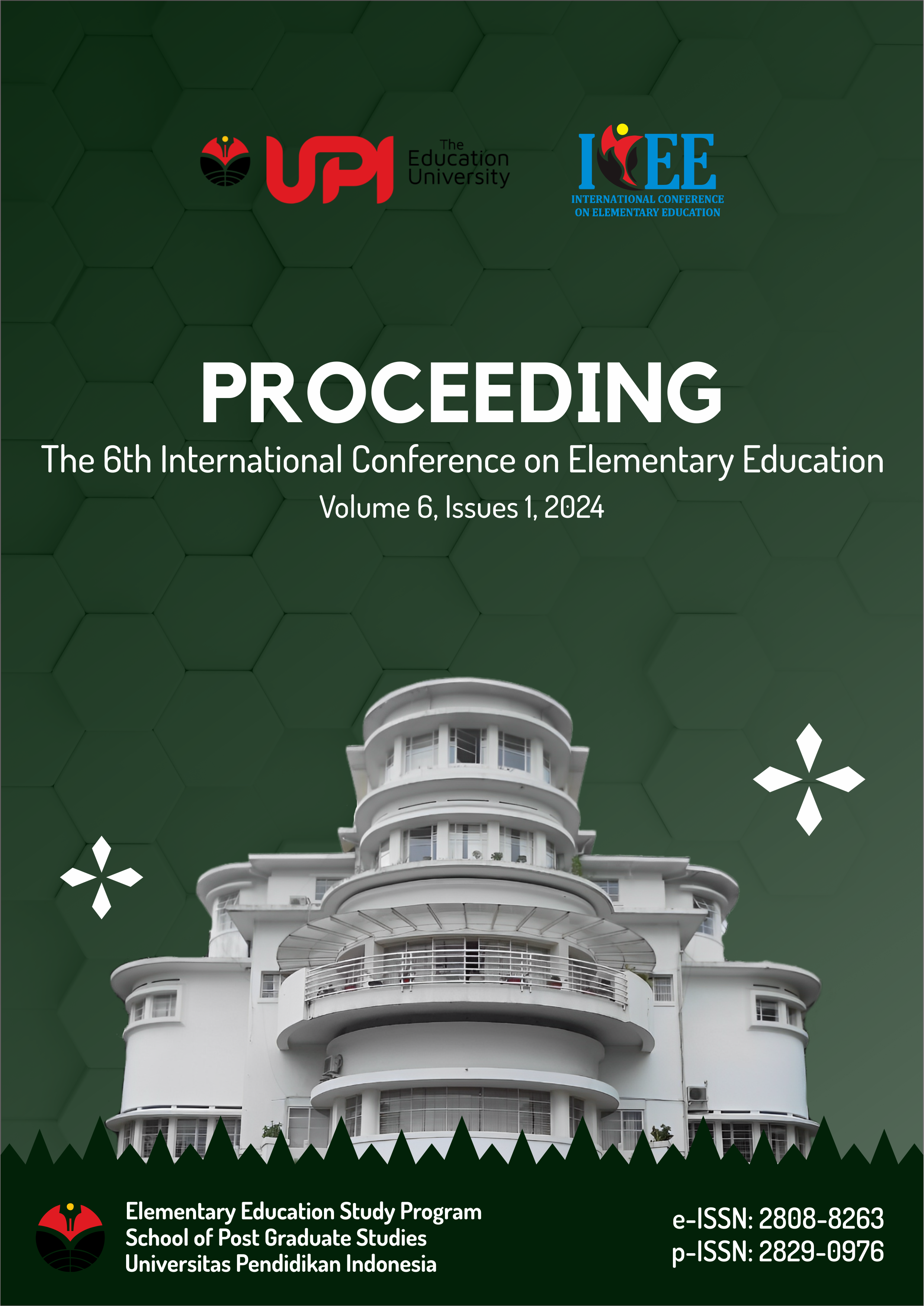The Analysis of Creative Thinking Ability of Elementary School Students in Writing Explanatory Text Using CIRC Learning Model Assisted by Augmented Reality
Abstract
In learning to write, explanatory texts become one of the crucial things students master. This study aims to analyze the ability to think creatively in learning to write explanatory texts for elementary school students using the CIRC learning model assisted by augmented reality. The design of this study is qualitative with descriptive analysis methods. The sample used in this study was 16 students in one of the private elementary schools in Buah Batu District, Bandung City. The data collection instruments used in this study were student activity observation sheets, teacher interview sheets, and documentation of learning outcomes. Based on the analysis, data was obtained that the CIRC learning model assisted by augmented reality can spur students to think creatively in learning with explanatory text writing material. These results are evidenced by student writing that is more varied and creative and faster assignment processing time than usual. Therefore, students' creative thinking skills in learning to write explanatory texts using the augmented reality-assisted CIRC learning model run well and meet the minimum learning assessment qualifications that have been determined.
Copyright (c) 2024 Rifa Nurhanifa, Dadang Sunendar, Sifa Rizkika Fauzi; Hafiziani Eka Putri

This work is licensed under a Creative Commons Attribution 4.0 International License.















